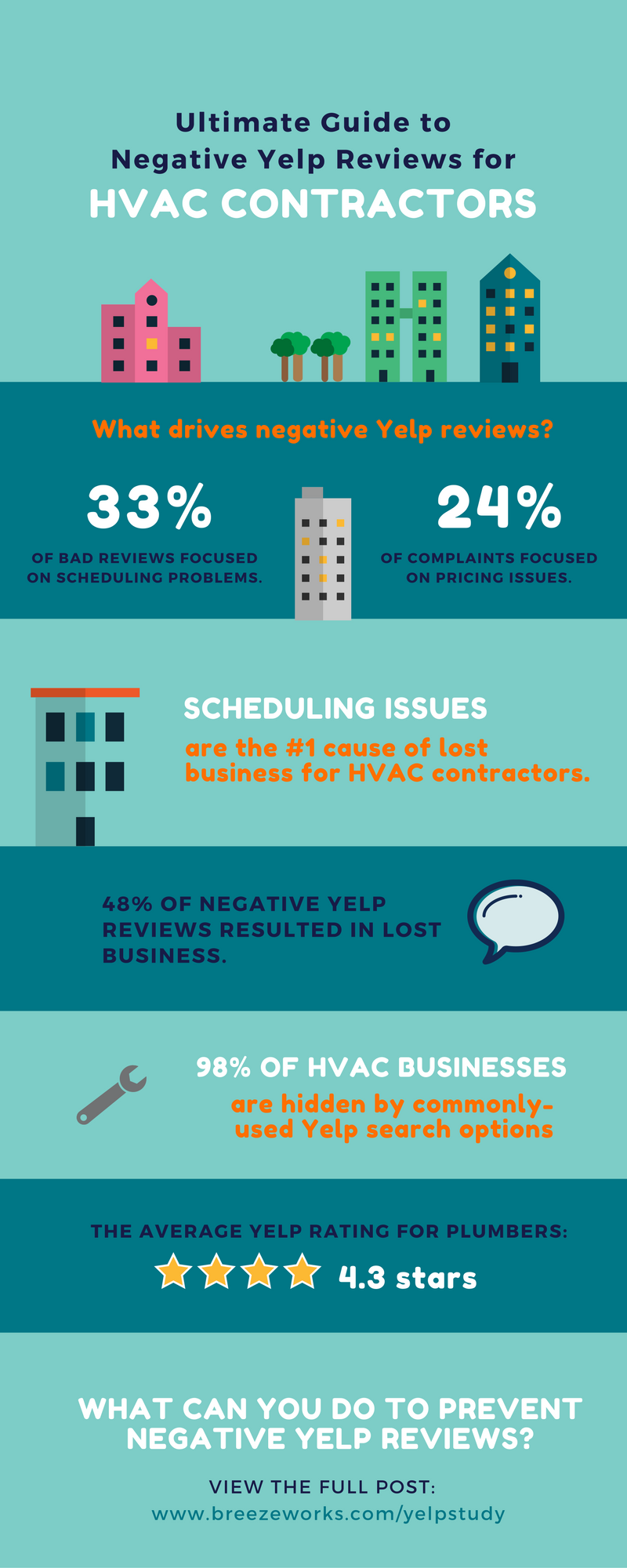Gain Understandings Into Making Sure The Efficiency And Durability Of Your Heatpump System By Steering Clear Of Prevalent Setup Errors
Gain Understandings Into Making Sure The Efficiency And Durability Of Your Heatpump System By Steering Clear Of Prevalent Setup Errors
Blog Article
Material Writer-Dowling McFarland
When mounting a heatpump, you have to stay away from usual mistakes that might endanger its effectiveness. Forgeting proper sizing may result in ineffectiveness and higher utility costs. Ignoring insulation and securing might lead to energy waste and pressure on the unit. Furthermore, positioning the outdoor device incorrectly might affect its efficiency. By avoiding these errors, you can ensure optimum functioning and durability of your heatpump system.
Improper Sizing of Heatpump
When it involves the installation of heat pumps, among the most usual blunders is improperly sizing the system for your space. Making sure the ideal dimension is critical for ideal performance. If the heat pump is also little, it will certainly have a hard time to warmth or cool your room successfully, causing enhanced energy expenses and prospective damage on the device.
On the other hand, if the heat pump is too big, it will certainly cycle on and off frequently, causing temperature level changes and decreasing its lifespan.
To avoid this error, it's necessary to have a professional analyze your room and advise the appropriate size of the heatpump based upon variables like square video, insulation, ceiling height, and neighborhood environment. By spending the time and initiative to guarantee the proper sizing, you can delight in a comfy setting while maximizing power performance and lengthening the lifespan of your heatpump.
Inadequate Insulation and Sealing
To make sure the reliable operation of your heat pump, it's important to resolve insufficient insulation and sealing in your space. Appropriate insulation aids keep a constant temperature indoors, reducing the workload on your heat pump. Poor insulation can result in energy loss, making your heat pump work harder and much less successfully.
Sealing any type of spaces or leakages in your area is just as crucial. These gaps enable conditioned air to escape and exterior air to seep in, requiring your heat pump to compensate for the temperature level changes.
Inaccurate Placement of Outdoor Device
Resolving the placement of your heatpump's exterior device is crucial to enhancing its efficiency. Setting up the exterior device in a wrong area can result in performance concerns and potential damages to the system.
One common error to stay clear of is placing the exterior device also near a wall surface or various other structures. This can restrict air movement, triggering the unit to work more difficult to warm or cool your room, inevitably decreasing its efficiency and life-span.
One more error to avoid is putting the outside system in straight sunlight. While some sunlight is unavoidable, excessive direct exposure can lead to overheating, specifically during warm summertime days. It's finest to place the exterior unit in a shaded location to help maintain its optimal operating temperature.
Additionally, see to it that the outdoor device is positioned on a stable and level surface. https://costtoaddcentralheatandai01111.tkzblog.com/30353750/tips-for-identifying-the-right-solution-for-heat-pump-fixes can create vibrations and unneeded pressure on the unit, impacting its performance gradually.
Conclusion
Finally, avoiding typical blunders during heatpump setup is crucial for making the most of effectiveness and longevity of your system. By making https://emiliopswtp.thenerdsblog.com/36107247/carefully-evaluating-an-important-yet-commonly-forgot-aspect-can-make-all-the-difference-in-maximizing-your-heat-pump-s-long-lasting-efficiency sizing, ample insulation, sealing, and appropriate positioning of the exterior unit, you can protect against issues such as inadequacies, increased power costs, and stress on the system. Making ceiling heat pump systems to address these vital elements will inevitably conserve you time and money in the long run.
